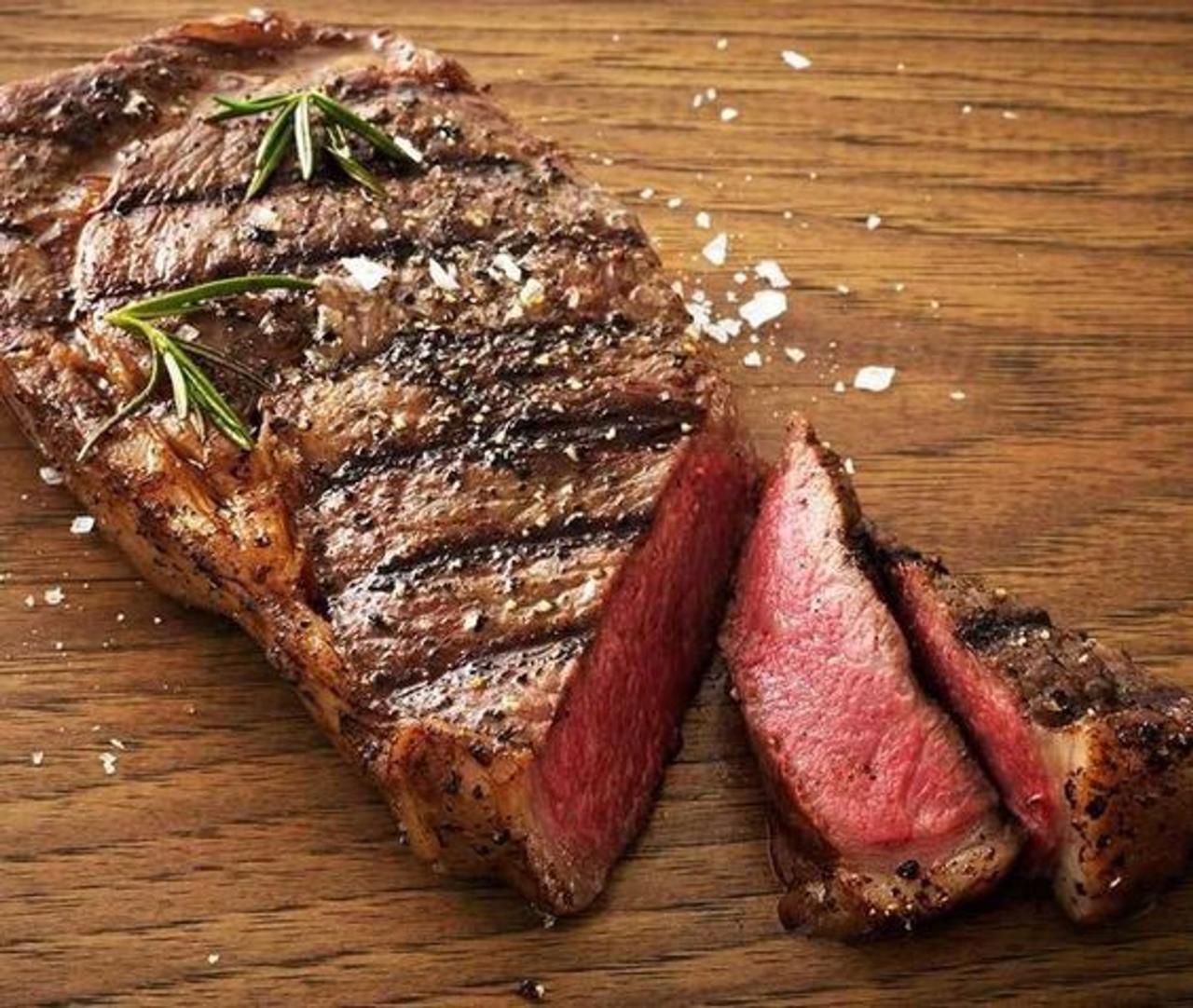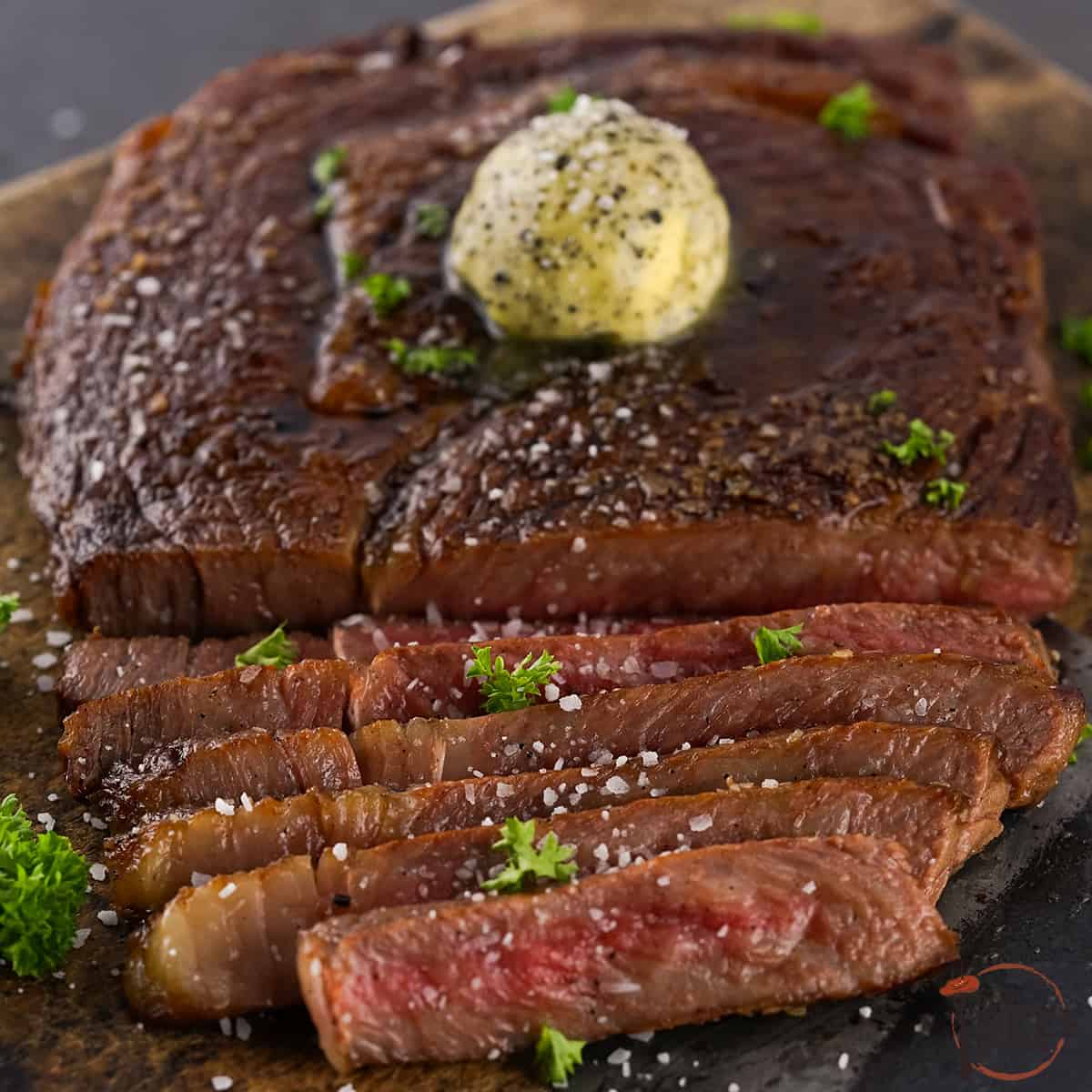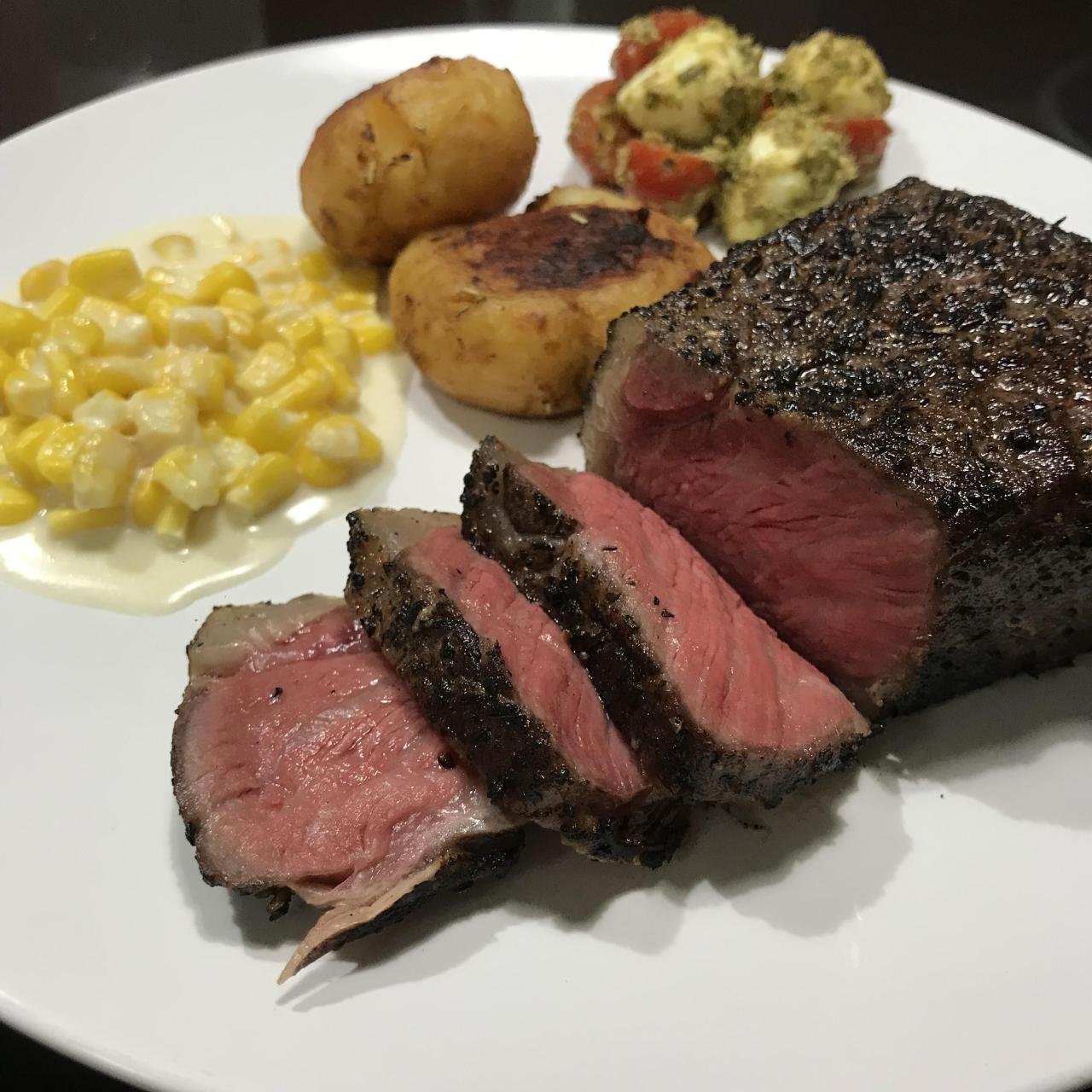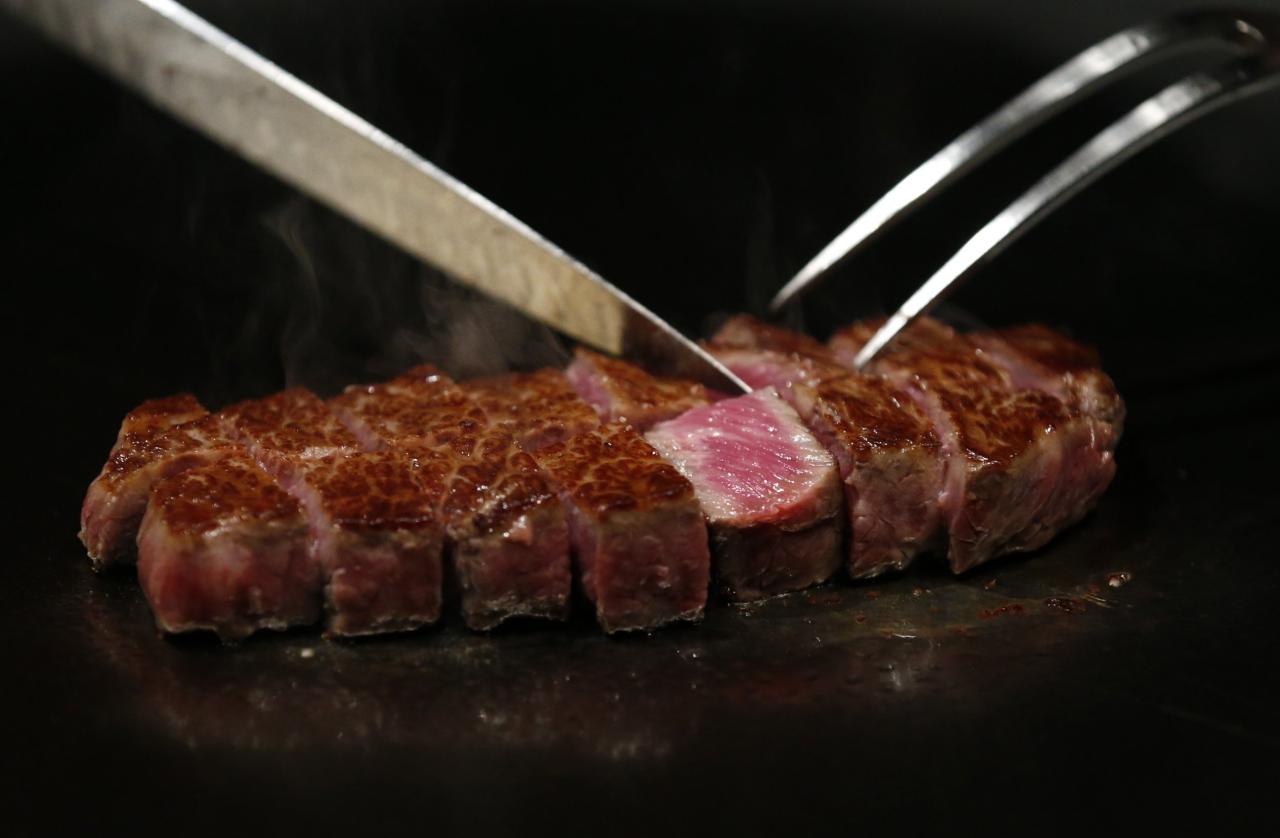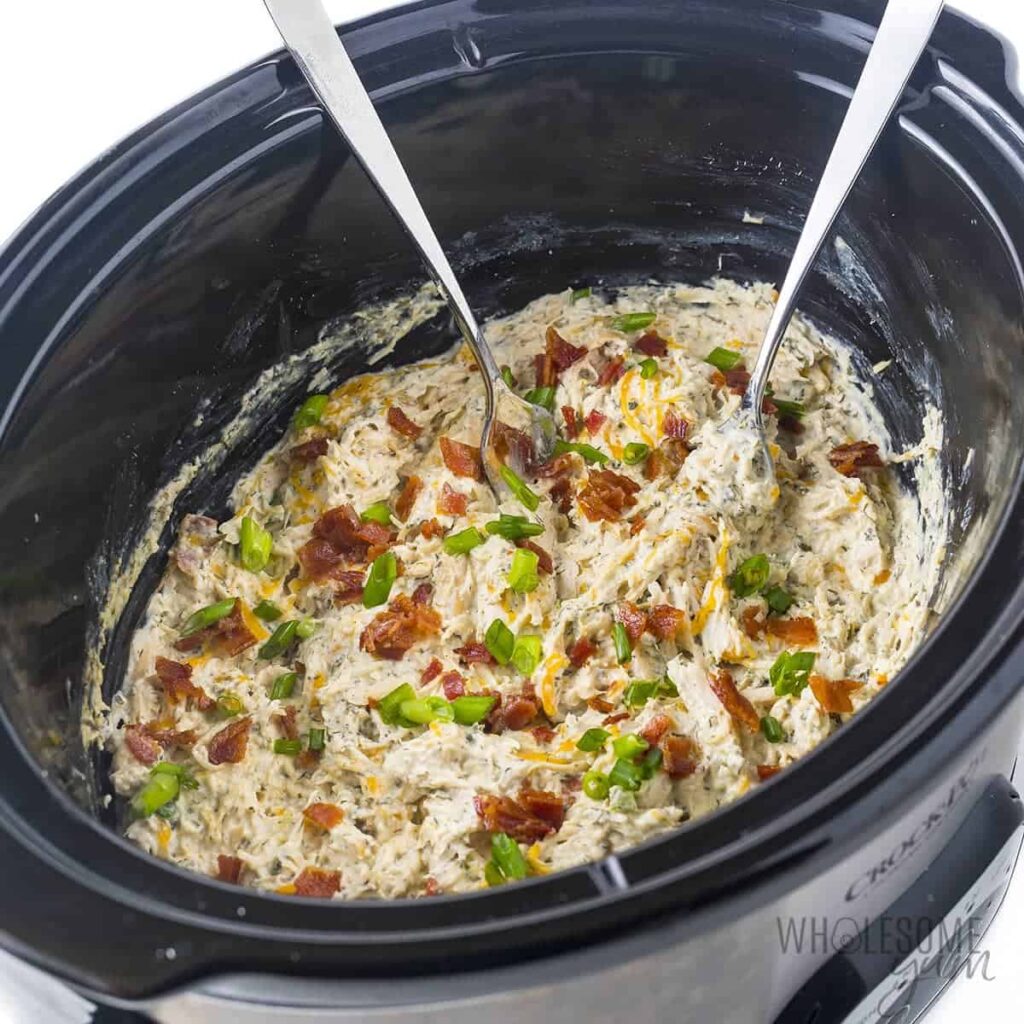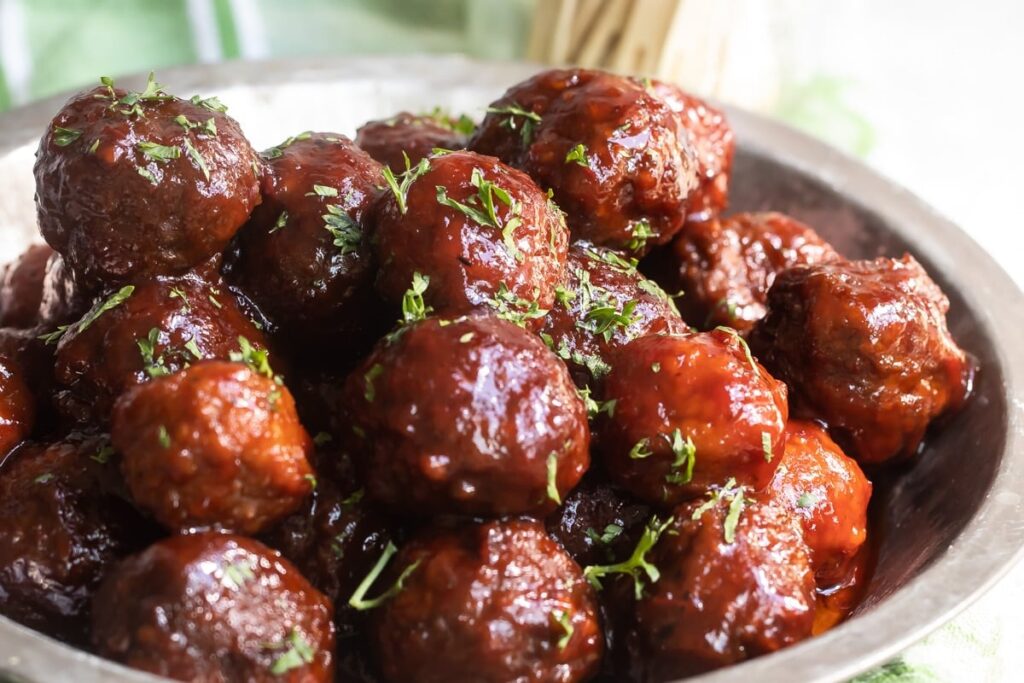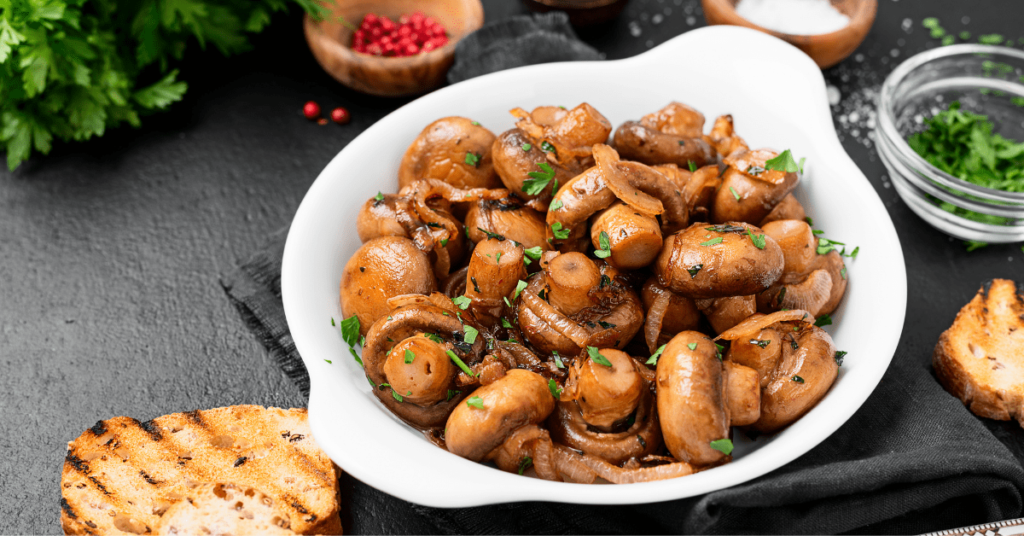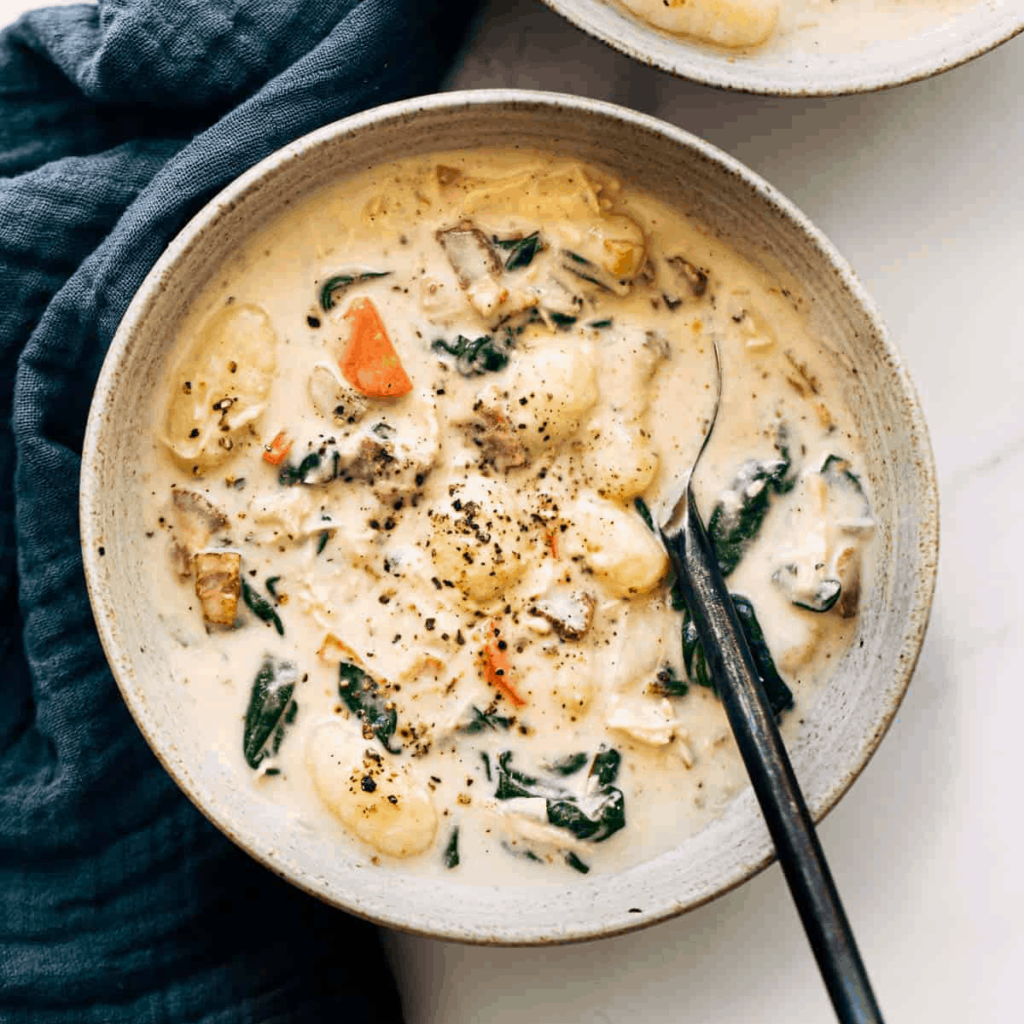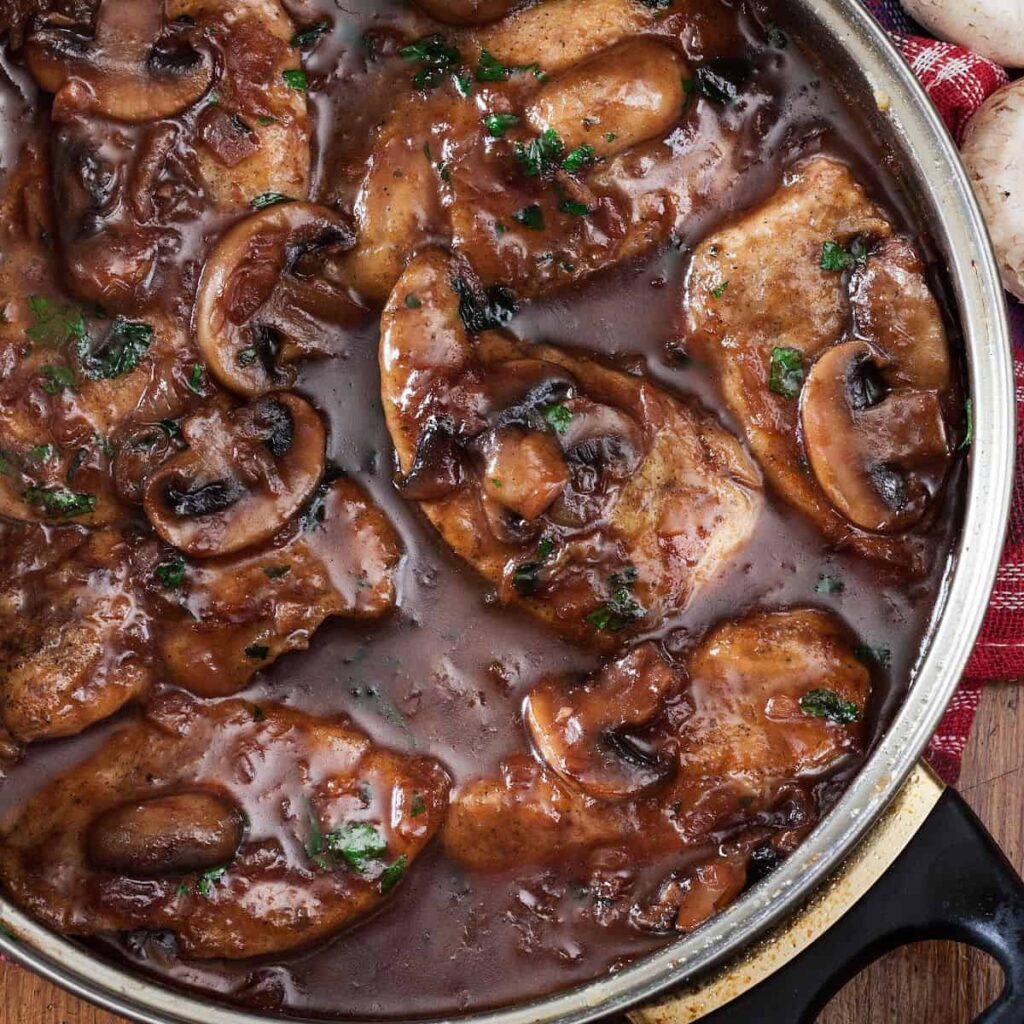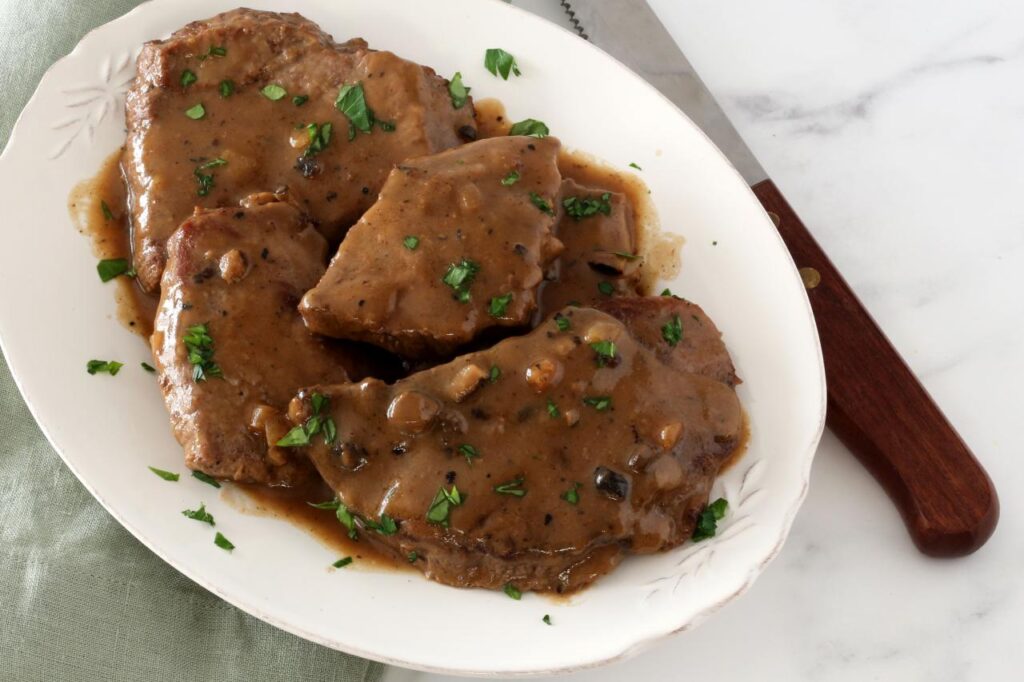Wago steak, a culinary delicacy renowned for its exquisite marbling, exceptional flavor, and unparalleled nutritional value, embarks on a journey of taste and nourishment.
Indulge in a world where the origins, cooking techniques, health benefits, and culinary artistry of Wago steak intertwine to create an unforgettable gastronomic experience.
Definition and Characteristics of Wagyu Steak
Wagyu steak, renowned for its exceptional flavor and marbling, is derived from Japanese cattle known as Wagyu. These cattle possess a unique genetic predisposition that results in an unparalleled distribution of intramuscular fat, contributing to the steak’s exceptional tenderness and flavor.
Origins and History
The origins of Wagyu cattle can be traced back to the 19th century, when Japanese farmers began crossbreeding native Japanese cattle with imported European breeds. The resulting offspring exhibited superior marbling and meat quality, establishing the foundation for the modern Wagyu breed.
Marbling and Fat Distribution, Wago steak
Wagyu steak is characterized by its extraordinary marbling, which refers to the intricate network of fat deposits within the muscle tissue. This marbling contributes to the steak’s exceptional tenderness, as the fat melts during cooking, basting the meat and creating a rich, flavorful experience.
Grades of Wagyu Steak
Wagyu steak is graded based on various factors, including marbling, meat color, and texture. The Japanese Meat Grading Association (JMGA) establishes the grading system, with the highest grade being A5. Higher grades indicate a higher degree of marbling and superior quality, resulting in a more tender and flavorful steak.
Wago steak is a flavorful and juicy cut of meat that is sure to please even the most discerning palate. If you’re looking for a quick and easy way to enjoy this delicious steak, try making garlic steak bites.
These bite-sized pieces of steak are marinated in a savory garlic sauce and then grilled to perfection. They’re perfect for a party appetizer or a quick weeknight meal. Once you’ve tried garlic steak bites, you’ll never go back to regular steak again!
Cooking Techniques for Wagyu Steak
To fully appreciate the exceptional flavor and texture of Wagyu steak, it’s crucial to employ the right cooking techniques. Grilling, pan-searing, and sous vide are all excellent methods that can yield succulent and mouthwatering results.
Regardless of the method chosen, it’s essential to start with a high-quality cut of Wagyu steak. The marbling, which is the intramuscular fat, is what gives Wagyu its unique flavor and tenderness. Look for a steak with a good amount of marbling throughout, but not so much that it appears fatty.
Grilling
Grilling is a classic method for cooking Wagyu steak. The high heat of the grill sears the outside of the steak, creating a flavorful crust, while the indirect heat cooks the interior to perfection. To grill Wagyu steak, preheat your grill to medium-high heat. Season the steak with salt and pepper, and place it on the grill over indirect heat. Cook for 8-10 minutes per side, or until the steak reaches your desired doneness.
Pan-Searing
Pan-searing is another excellent method for cooking Wagyu steak. This method allows you to control the temperature more precisely, resulting in a steak that is cooked evenly throughout. To pan-sear Wagyu steak, heat a heavy-bottomed skillet over medium-high heat. Add a little oil to the skillet, and then season the steak with salt and pepper. Place the steak in the skillet and cook for 2-3 minutes per side, or until the steak is browned on all sides. Reduce the heat to medium-low and continue to cook for 5-7 minutes per side, or until the steak reaches your desired doneness.
Sous Vide
Sous vide is a modern cooking technique that involves cooking food in a water bath at a precisely controlled temperature. This method is ideal for cooking Wagyu steak, as it allows you to achieve a perfectly cooked steak every time. To cook Wagyu steak sous vide, preheat a water bath to 129°F (54°C). Season the steak with salt and pepper, and then place it in a vacuum-sealed bag. Submerge the bag in the water bath and cook for 1-2 hours, or until the steak reaches your desired doneness.
Wago steak, known for its intense marbling and buttery texture, is often compared to the highly prized a5 wagyu. A5 wagyu is renowned for its exceptional marbling, resulting in a melt-in-your-mouth experience. While wago steak may not reach the same level of marbling as a5 wagyu, it offers a unique and flavorful alternative that can satisfy even the most discerning palates.
Resting
Once your Wagyu steak is cooked, it’s important to let it rest for 10-15 minutes before slicing and serving. This allows the juices to redistribute throughout the steak, resulting in a more tender and flavorful steak.
Pairing Wagyu Steak with Sauces and Sides
Wagyu steak, renowned for its exquisite marbling and flavor, deserves to be paired with equally exceptional accompaniments. Sauces and sides can enhance the steak’s natural flavors, creating a symphony of taste on the palate.
Selecting the right sauces and sides is crucial. The goal is to complement the steak’s inherent richness without overpowering its delicate flavors.
Suggested Sauces and Marinades
A well-chosen sauce can elevate the flavors of Wagyu steak to new heights. Here are a few suggestions:
- Red Wine Sauce: A classic pairing that brings out the steak’s beefy notes. Reduce red wine with shallots, garlic, and herbs to create a rich and flavorful sauce.
- Béarnaise Sauce: A creamy and tangy sauce made with egg yolks, butter, white wine vinegar, and tarragon. Its acidity balances the steak’s richness.
- Chimichurri Sauce: A vibrant green sauce from Argentina, made with fresh herbs, olive oil, garlic, and chili peppers. Its freshness complements the steak’s savory flavors.
- Teriyaki Marinade: A Japanese-inspired marinade made with soy sauce, mirin, sake, and brown sugar. It adds a sweet and savory glaze to the steak.
- Ponzu Sauce: A light and citrusy sauce from Japan, made with soy sauce, rice vinegar, and citrus juice. Its acidity and freshness enhance the steak’s flavors.
Side Dish Ideas
Side dishes should complement the steak without competing with its flavors. Consider the following options:
- Roasted Vegetables: Roasted vegetables, such as asparagus, broccoli, or carrots, add color and nutrition to the plate. Their natural sweetness balances the steak’s richness.
- Mashed Potatoes: Creamy and indulgent mashed potatoes provide a comforting and filling accompaniment to the steak.
- Sautéed Mushrooms: Sautéed mushrooms, such as shiitake or oyster mushrooms, add an earthy and umami-rich flavor to the dish.
- Grilled Asparagus: Grilled asparagus spears, tossed in olive oil and salt, provide a light and refreshing side.
- Baked Mac and Cheese: A classic comfort food, baked mac and cheese adds a creamy and cheesy touch to the meal.
Remember, the key to pairing Wagyu steak with sauces and sides lies in choosing high-quality ingredients and considering the flavors that complement the steak’s inherent richness.
Crockpot Recipes for Wagyu Steak
Crockpot recipes offer a convenient and flavorful way to cook Wagyu steak. The slow cooking process allows the meat to become incredibly tender and juicy, while the marinades and seasonings infuse it with a rich flavor.
Slow-Cooked Wagyu Steak Recipe
Ingredients:
– 1 pound Wagyu steak (ribeye, strip loin, or tenderloin)
– 1 cup red wine
– 1/2 cup soy sauce
– 1/4 cup brown sugar
– 1 tablespoon olive oil
– 1 teaspoon Worcestershire sauce
– 1 teaspoon garlic powder
– 1 teaspoon onion powder
– 1/2 teaspoon black pepper
Instructions:
1. In a large bowl, combine the red wine, soy sauce, brown sugar, olive oil, Worcestershire sauce, garlic powder, onion powder, and black pepper.
2. Add the Wagyu steak to the marinade and turn to coat.
3. Cover the bowl and refrigerate for at least 4 hours, or up to overnight.
4. Transfer the steak and marinade to a crockpot.
5. Cook on low for 8-10 hours, or until the steak is tender and cooked to your desired doneness.
6. Remove the steak from the crockpot and let it rest for 10 minutes before slicing and serving.
Tips:
– For a more intense flavor, marinate the steak for longer.
– Use a high-quality red wine for the marinade.
– Cook the steak on low heat to prevent it from becoming tough.
– Let the steak rest before slicing to allow the juices to redistribute.
Wagyu Steak Nutrition and Health Benefits: Wago Steak
Wagyu steak is a highly prized delicacy known for its exceptional flavor and marbling. Beyond its culinary appeal, Wagyu steak also offers a range of nutritional benefits that contribute to overall health and well-being.
Wagyu steak is an excellent source of high-quality protein, essential for building and repairing tissues. It is also rich in essential fatty acids, particularly monounsaturated and polyunsaturated fats, which have been linked to reduced risk of heart disease and improved cognitive function.
Health Benefits of Moderate Wagyu Steak Consumption
Consuming Wagyu steak in moderation can provide several health benefits:
- Improved Cardiovascular Health: The monounsaturated and polyunsaturated fats in Wagyu steak help lower LDL (bad) cholesterol and raise HDL (good) cholesterol, reducing the risk of heart disease and stroke.
- Reduced Inflammation: Wagyu steak contains conjugated linoleic acid (CLA), an anti-inflammatory compound that has been shown to reduce inflammation throughout the body.
- Enhanced Brain Function: The omega-3 fatty acids in Wagyu steak support brain health and may improve cognitive function, memory, and mood.
- Stronger Bones and Muscles: Wagyu steak is a good source of iron, zinc, and phosphorus, essential minerals for maintaining strong bones and muscles.
Tips for Incorporating Wagyu Steak into a Balanced Diet
To enjoy the health benefits of Wagyu steak while maintaining a balanced diet, consider the following tips:
- Consume Wagyu steak in moderation, as it is a high-calorie food.
- Choose leaner cuts of Wagyu steak, such as the strip loin or top sirloin.
- Pair Wagyu steak with vegetables, fruits, and whole grains to create a balanced meal.
- Avoid excessive consumption of saturated fat by limiting processed meats and fried foods.
By incorporating Wagyu steak into a balanced diet, individuals can reap its nutritional benefits while maintaining overall health and well-being.
Wagyu Steak in Fine Dining
Wagyu steak holds a prominent position in the culinary landscape of fine dining establishments. Its exceptional flavor, tenderness, and marbling have made it a coveted delicacy among discerning diners and culinary professionals. The high price of Wagyu steak is attributed to several factors, including its meticulous breeding, strict feeding regimens, and the limited availability of high-quality cuts.
Factors Contributing to the High Price of Wagyu Steak
* Genetic Lineage: Wagyu cattle are a specific breed of Japanese cattle known for their exceptional genetic predisposition for producing highly marbled and flavorful meat.
* Meticulous Breeding: Wagyu cattle are bred and raised under carefully controlled conditions to ensure optimal genetic traits and marbling.
* Strict Feeding Regimens: Wagyu cattle are fed a specialized diet high in nutrients and low in fat, contributing to their exceptional marbling and flavor.
* Limited Availability: The production of Wagyu beef is strictly regulated, and only a limited number of high-quality cuts are available each year, driving up its price.
Notable Wagyu Steak Dishes in Fine Dining
* Kobe Beef: Kobe beef is a renowned Wagyu steak from the Kobe region of Japan. It is known for its intense marbling, melt-in-your-mouth texture, and rich flavor.
* Matsuzaka Beef: Matsuzaka beef is another highly prized Wagyu steak from the Matsuzaka region of Japan. It is characterized by its fine marbling, tender texture, and delicate flavor.
* Omi Beef: Omi beef is a Wagyu steak from the Omi region of Japan. It is known for its balanced marbling, juicy texture, and umami-rich flavor.
End of Discussion
Wago steak transcends the realm of mere sustenance, elevating it to an art form. Its intricate marbling, tender texture, and rich flavor profile make it a culinary masterpiece. Moreover, its nutritional value and versatility in fine dining establishments solidify its position as a true epicurean delight.
FAQ Explained
What sets Wago steak apart from other types of steak?
Wago steak is distinguished by its exceptional marbling, which contributes to its tenderness, juiciness, and intense flavor.
How can I achieve the perfect doneness for Wago steak?
Use a meat thermometer to ensure the internal temperature reaches your desired doneness. For a medium-rare steak, aim for an internal temperature of 135°F (57°C).
What are the health benefits of consuming Wago steak?
Wago steak is a good source of protein, iron, and vitamins B12 and B6. It also contains monounsaturated fats, which can help lower cholesterol levels.
